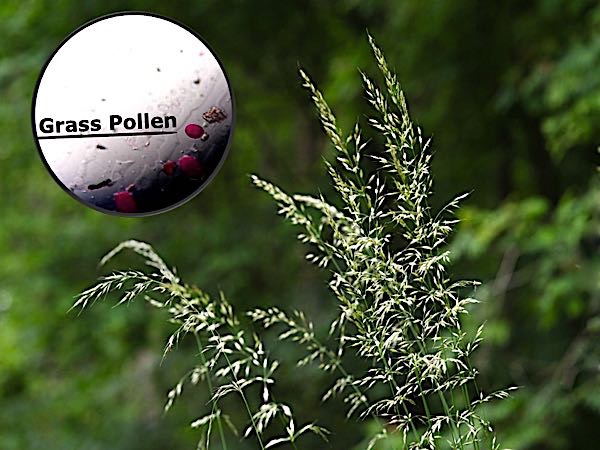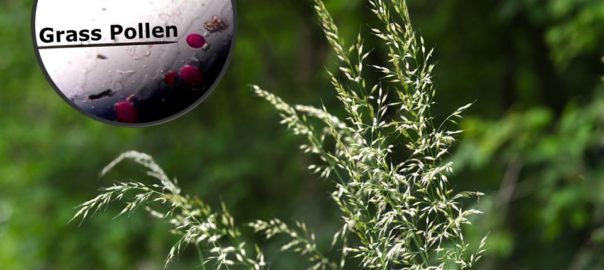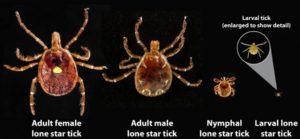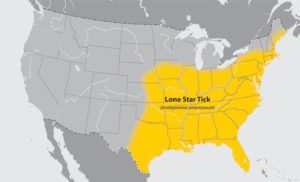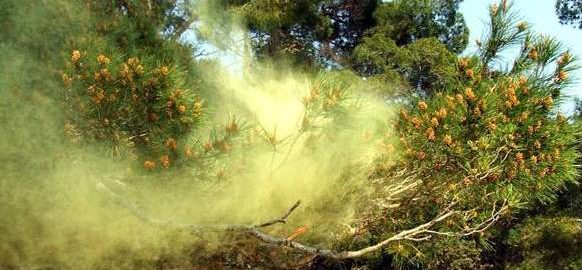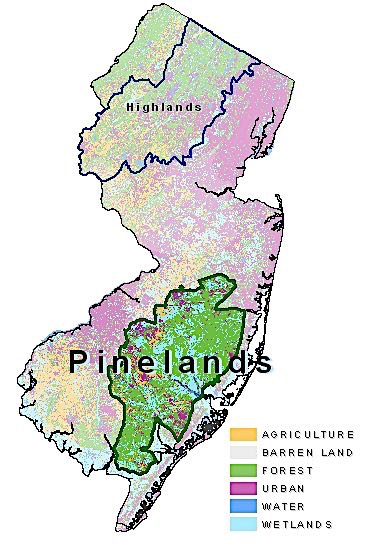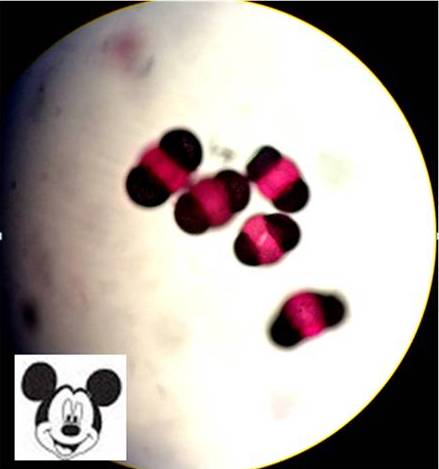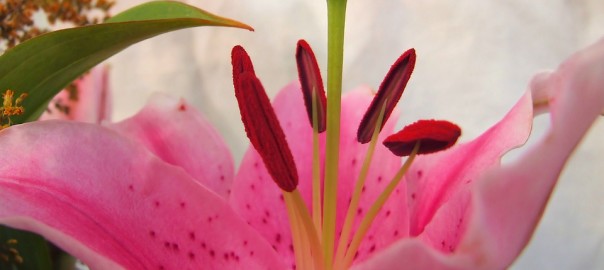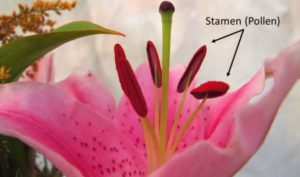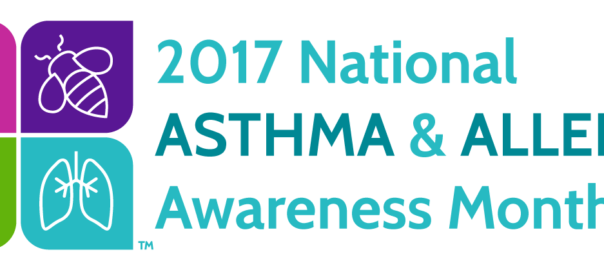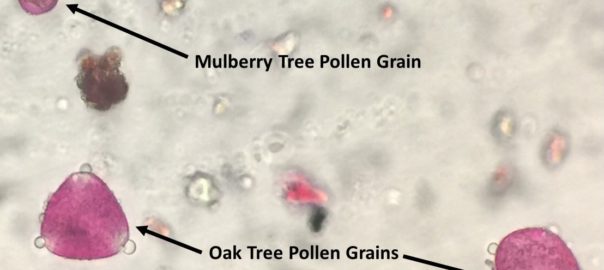Father’s Day Allergy-Friendly Lawn & Grass Guide
Check out The Asthma Center’s Father’s Day Allergy-Friendly Lawn & Grass Guide and keep allergies from mowing down your party or ruining your cookout. Father’s Day is almost here, and it’s time to give Dad a break!
Our board-certified allergists Lawn & Grass Guide is full of tips to help those will allergies, asthma, and sinus problem enjoy all the weekend fun and outdoor activities with Dad and the entire family.
Top 5 Ways to Keep Grass Pollen Out (of Eyes, Nose, and Home)
- Mow lawns regularly to cut down on grass pollination.
- Wear long sleeves, long pants, and wrap-around sun-glasses or glasses while mowing if lawn care is required.
- Be sure to shower & wash hair after mowing. Make sure you wash your face thoroughly including your eyebrows.
- Avoid mowing and limit your time outdoors during the early morning hours when most pollen is released.
- Beware of grass pollen “sneaking” into your home on pets and kids’ shoes/clothing, especially after playing outside in the grass, and on morning newspaper sleeves.
Mowing: Lawn Allergies & Cut Grass Smell
Mowing your lawn to reduce grass pollination, and limiting your exposure to grass pollen are both important steps in avoiding the misery of allergies.
In addition to grass pollen triggering allergy symptoms, many individuals experience typical allergy symptoms such as sneezing, itchy watery eyes, nasal congestion, and even wheezing when exposed to the smell of freshly cut grass. Allergic reactions triggered by the smell of freshly cut grass are likely from the nonpollen parts of the grass which also contain allergenic proteins or outdoor molds which have been stirred up by the mowing process. Concentrations of these allergy triggers dramatically escalate for a short period of time during and immediately after mowing. However, mowing lawns reduces grass pollination which can reduce symptoms over time. Following the above tips to reduce grass pollen will also help reduce exposure to grass allergenic proteins or outdoor molds when mowing the lawn.
Father’s Day Allergy-Friendly Grilling Guide
Father’s Day picnics and barbecues are common choices to “give Dad a break” which means family celebrations may include “firing up the grill.” Did you know that red meat allergy can be triggered by bites from the Lone Star Tick, a variety of tick that is active and prevalent in our region? Learn all the facts in our recent blog Allergic to Red Meat? Lone Star Ticks to Blame.
A Board-Certified Allergist Can Help
At The Asthma Center, our allergists and pediatric allergists help our patients manage their allergies by determining what local spring allergens cause symptoms. For example, with spring allergies, we identify which local grasses (including June, Kentucky Blue, Meadow Fescue, Orchard, Perennial Rye, Redtop, Sweet Vernal and Timothy) and trees trigger allergy symptoms by using minimally invasive in-house diagnostics, like allergy skin testing. Pairing these results with local knowledge of allergy triggers like pollen, ragweed and mold, our allergists develop personalized plans that treat not only the symptoms but also the cause of allergies. And because allergy symptoms often spike with pollen, we know exactly when to adjust allergy medication – providing more relief when conditions are bad and less medication every time else.
The allergists, pediatric allergists, and asthma specialists at The Asthma Center treat patients in 9 convenient locations throughout the Delaware Valley including Philadelphia (Center City Philadelphia, Society Hill Philadelphia, Northeast Philadelphia), The Main Line – Montgomery County (Bala Cynwyd – Lower Merion PA), Bucks County (Langhorne PA), and South Jersey (Mt. Laurel NJ, Woodbury NJ, Hamilton NJ, Forked River NJ).
The health information contained in this article is meant for basic informational purposes only. It is not intended to serve as medical advice, substitute for a doctor’s appointment or to be used for diagnosing or treating a disease.
For interviews and tours of the Delaware Valley’s only National Allergy Bureau (NAB) certified pollen, ragweed, and mold spore counting stations in Philadelphia, PA and Mt. Laurel, NJ, please email gwoodlyn@asthmacenter.com.

